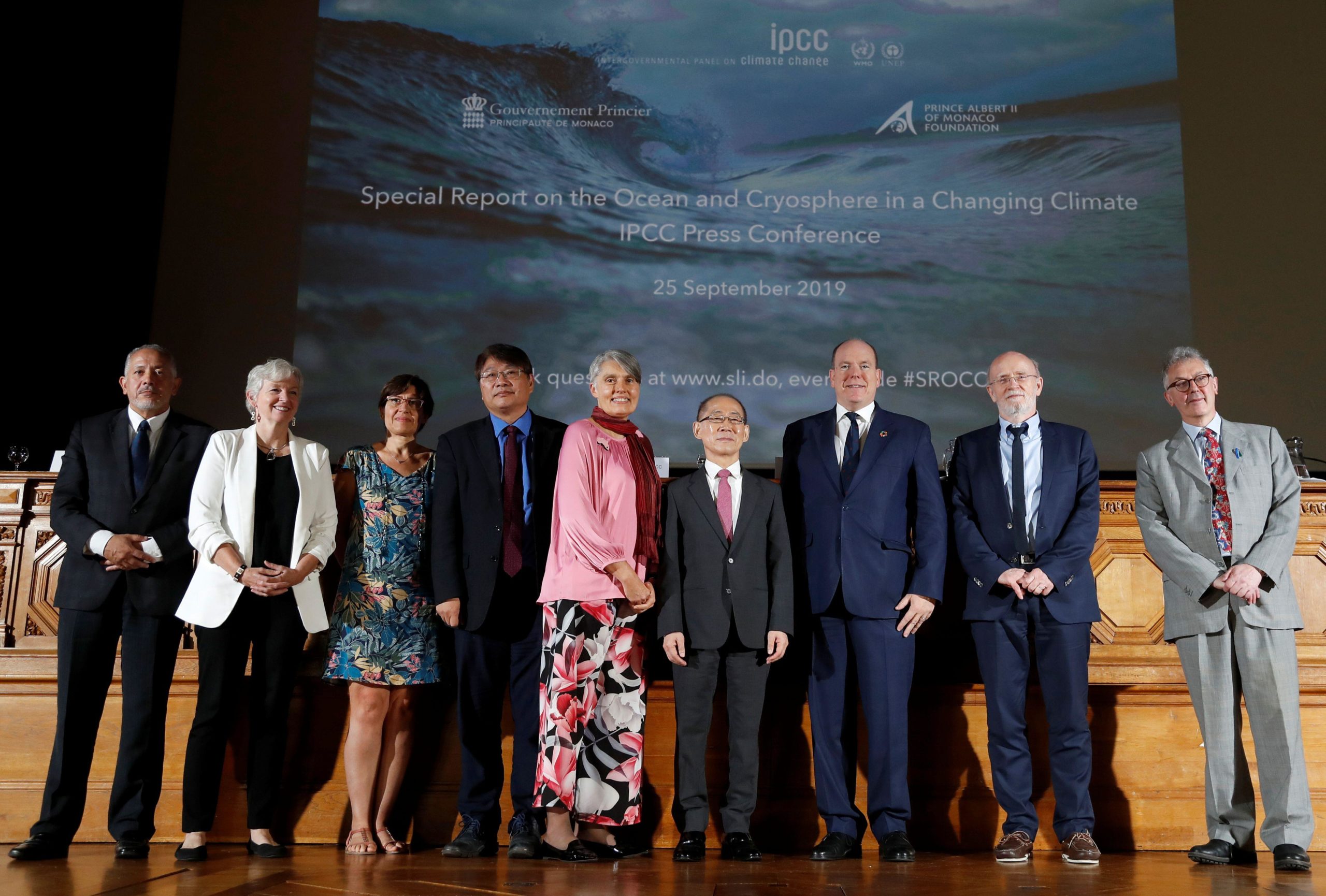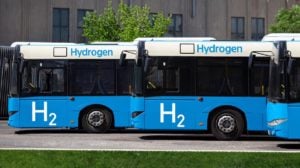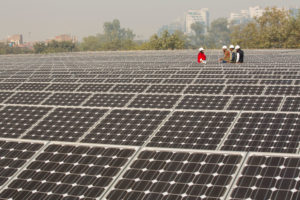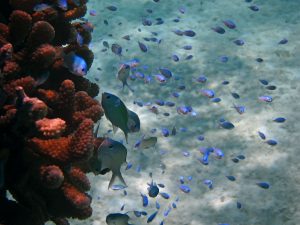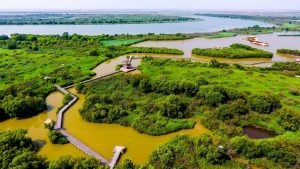The Intergovernmental Panel on Climate Change, or IPCC, is a scientific body created in 1988 by the World Meteorological Organization (WMO) and the United Nations Environment Programme. Its goal is to inform governments about the latest climate science, and explain what impacts climate change will likely have on the world in the coming decades.
Currently, the IPCC has 195 member countries and brings together scientists from all over the world who contribute voluntarily to its work. The IPCC doesn’t produce original research. Instead, hundreds of scientists examine the available scientific literature and distil it into comprehensive Assessment Reports. These reports delve into what drives climate change, what its consequences on the ground may be, and how mitigation (limiting climate change) and adaptation can help protect people from the worst impacts.
What are the IPCC working groups?
The IPCC comprises three working groups, which focus on different aspects of climate science and climate change response. Working Group I looks at the physics of climate change; Working Group II examines climate change impacts and adaptation; and Working Group III focuses on climate change mitigation. The three working groups release separate reports, which are then compiled into a synthesis report.
Does the IPCC decide what governments can or can’t do?
The IPCC doesn’t have a say on how governments choose to act on its findings. Its assessments are ‘policy-relevant’ but not ‘policy prescriptive’, which means they inform policymakers on the potential outcomes of certain mitigation and adaptation actions, but do not tell them what to do.
What are the different IPCC scenarios?
IPCC reports do not spell out just one likely course of events. Instead, they describe multiple possible ‘scenarios’ representative of potential futures, in which climate change impacts differ depending on various factors at play, mainly human activities.
These hypothetical scenarios do not predict the likelihood of a particular outcome. Instead, they use climate models to describe how changing certain factors, such as concentrations of greenhouse gases in the atmosphere, may lead to different environmental and societal impacts in the short or long term.
How many scenarios are there? How have they changed over time?
The IPCC launched its best known scenarios, the Representative Concentration Pathways (RCPs) in its Fifth Assessment Report (AR5) in 2014. The RCPs represent scenarios in which different concentrations of greenhouse gases are present in the atmosphere. The IPCC scenarios have evolved over time to reflect changes in the global economy and human activity, which in turn determine the amounts and types of greenhouse gases released into the atmosphere.
The IPCC scenarios launched with AR5 range from a hypothetical future (known as RCP 2.6) in which aggressive mitigation strategies are implemented, keeping global warming within 2 degrees Celsius above pre-industrial levels by 2100, to one in which greenhouse gas emissions continue to rise unabated, leading to a temperature rise of between 3.3C and 5.4C. Scientists caution that the latter scenario, known as RCP 8.5, does not capture a ‘business as usual’ emissions trajectory, as it is often claimed, but describes a future in which humans burn more fossil fuels than they currently do, instead of reducing their use. Three additional RCP scenarios have since been developed, including one – RCP 1.9 – which represents a situation compatible with the Paris Agreement goal of keeping warming within 1.5C.
These scenarios help scientists to plot the corresponding impacts in terms of rising temperatures and other environmental consequences, up to 2100.
In parallel, IPCC scientists have also worked on a set of five complementary scenarios, the Shared Socioeconomic Pathways (SSPs), which feature in the Sixth IPCC Assessment Report (the assessment the IPCC is currently working on). Whereas the RCPs look at greenhouse gases and other temperature-altering physical and chemical changes, the SSPs build five different economic, social and political narratives. For the first time, they look at factors such as inequality, rises in nationalism, investment in education and development of technology to produce a more detailed and robust assessment of the factors that contribute to future action on climate change.
What is the difference between climate projections and predictions?
In meteorology, a prediction is a short-term forecast of how the weather and climatic conditions will change over a few months or years, based on current data. Scientists use computers to process available data from weather stations, radars and satellites.
Climate projections don’t tell us whether a certain environmental change will happen or not, but use computer models to work out how the climate will respond to certain inputs, called forcings. For example, they can estimate how much ocean surface temperatures will rise if humans add a certain amount of greenhouse gases to the atmosphere. In short, they project the impacts of future human activity, rather than predicting the impacts of human activity so far.
What do the latest IPCC report chapters say?
The latest set of IPCC reports represents the sixth assessment cycle by the three working groups of the IPCC. This Sixth Assessment Report (known as AR6), which examines today’s most advanced climate research and sophisticated climate models, will come out in three instalments, compiled by each working group. The Working Group I instalment, which was published in August 2021, looks at the physical changes the planet is undergoing as more carbon is pumped into the atmosphere. It finds that present and past emissions have already triggered unavoidable changes that will occur regardless of future emission cuts.
The second chapter of the AR6 report was released on 28 February 2022, and it stresses the urgency of scaling up rapid and deep adaptation across the world. The assessment looks at various regional and sub-regional climates and a broad range of systems including terrestrial, oceanic and coastal ecosystems, as well as cities, infrastructure, global health and livelihoods. It concludes that while it’s still possible for most human and natural systems to adapt to climate change, the window for action is rapidly closing as temperatures continue to rise. The report also warns against the risks of ‘maladaptation’, in which a short term fix can prove unsustainable, or even damaging for people and the environment in the long run.
In April 2022, the IPCC will release the third part of the AR6 report, compiled by Working Group III, which will take stock of global emissions trends and potential ways to abate them. A synthesis report is expected to be launched in October 2022.
Editor’s note: This article was updated on 11 March 2022 to include reference to the second chapter of the AR6 report.
